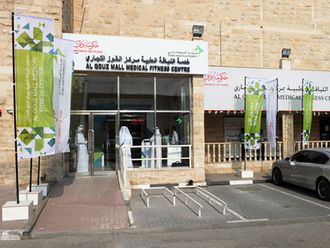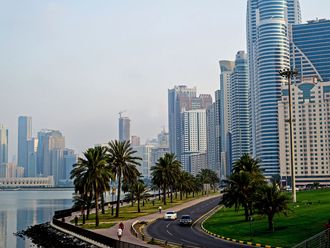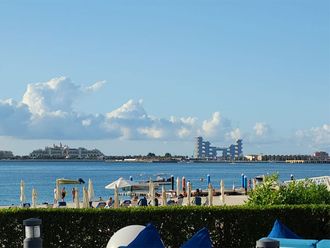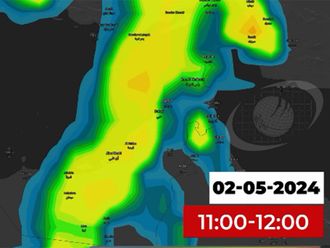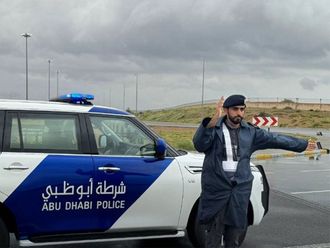Haj is a pilgrimage to Islamic holy sites in and around Mecca, a city in Saudi Arabia.
It is obligatory to perform at least once in a lifetime if a Muslim is physically fit enough and financially able to undertake the journey.
The pilgrimage is one of the Five Pillars of Islam and it occurs annually in the Islamic month of Dhul Hija.
Millions of pilgrims from around the world travel to Mecca – by air, road and sea – seeking the blessings of Haj each year. Muslims believe a successful Haj brings enormous spiritual rewards and erases all previous sins.
The pilgrimage is held following the example of Prophet Mohammad, Peace Be Upon Him (PBUH), but Muslims also believe the roots of Haj date back thousands of years to the time of Prophet Abraham, Peace Be Upon Him (PBUH).
Its rituals are symbolic re-enactments serving as reminders of the sacrifices and obedience of Prophet Abraham. Haj also seeks to gather Muslims in a spirit of unity and brotherhood.
Male pilgrims first put on the ihram, two plain white sheets of cloth that serve as a lower and upper body cover, before they arrive in Mecca. The ihram helps fosters a conviction that all people are equal before God, regardless of their background, wealth or social standing. It also means they are forbidden from certain acts such as fighting or indecency.
Women are required to be dressed fully and modestly in simple loose garments.
There are three types of Haj, with differences based on factors such as if the pilgrim is a resident of Mecca, if he has brought with him a sacrificial animal, and whether the intention is to perform the Haj and lesser pilgrimage (Umrah) together.
The overwhelming majority of Haj pilgrims are not Mecca residents and arrive without a sacrificial animal.
After donning the ihram, they circle the Kaaba, a large cube-shaped structure in the middle of holy mosque. Muslims venerate the Kaaba as they believe it was first built to worship Allah, the One God.
Pilgrims next walk between two hills – Safa and Marwa – near the Kabaa. This concludes the Umrah.
On 8 Dhul Hija, they reassume ihram and proceed to Mina outside Mecca in the morning. They camp in tents there until morning.
The next day, they set out to Arafat, where Prophet Mohammad delivered his famous last sermon. Pilgrims stay put till around sunset, praying for forgiveness and wellbeing. After that they move on to Muzdalifah to pray the sunset and night prayers.
On 10 Dhul Hija, they return to Mina and stone demarcations symbolising the temptation of the devil. Pilgrims then sacrifice an animal in gratitude. Men shave or cut their hair while women only cut their hair by a very little amount.
After that, they return to Mecca to again circle the Kaabah and walk between Safa and Marwah. This is followed by a revisit and re-stoning rite in Mina.
Before returning home, pilgrims circle the Kabaa one last time.
Haj is now complete.



